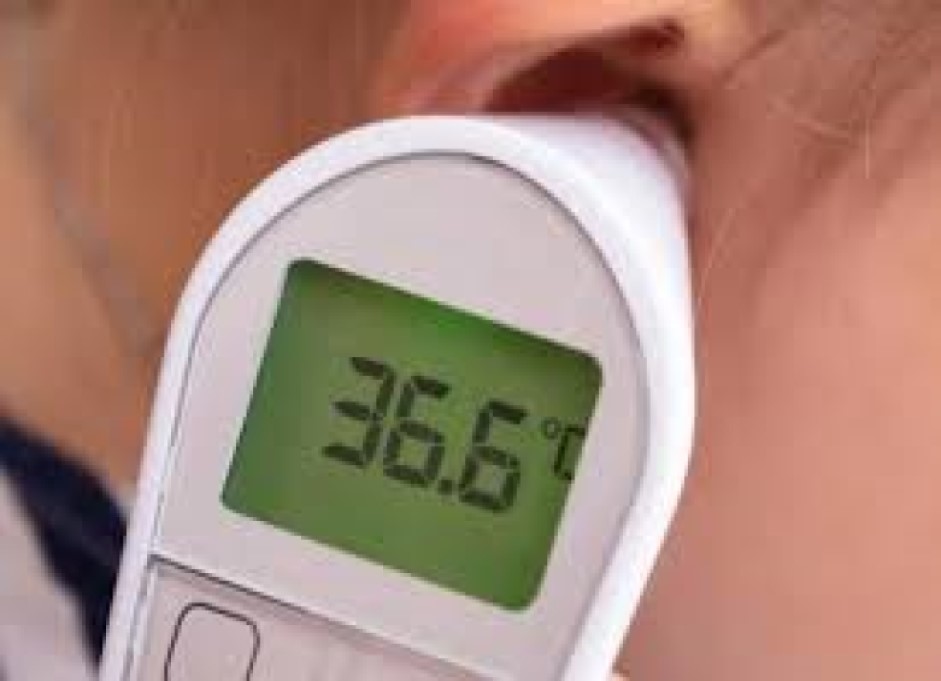
Temperature measurement assesses body heat to monitor health and detect fever or hypothermia. Various methods, such as oral, axillary, tympanic, and infrared, provide accurate readings, aiding in diagnosis and treatment decisions for infections, inflammatory conditions, and metabolic disorders.

Assessment of flu-like symptoms involves evaluating fever, cough, sore throat, fatigue, and body aches. It aids in diagnosing influenza or other viral infections, guiding appropriate treatment and preventive measures to alleviate symptoms and prevent transmission to others.

Diagnostic testing involves performing laboratory or imaging studies to identify underlying health conditions. It aids in confirming diagnoses, guiding treatment decisions, and monitoring disease progression, ensuring timely and effective interventions for optimal patient outcomes and well-being.

Treatment plan review assesses the effectiveness of interventions, medication adherence, and progress towards health goals. It involves collaboration between healthcare providers and patients to optimize treatment strategies, address concerns, and ensure alignment with individual needs for improved outcomes.

Copyright ©2024 – All rights reserved.